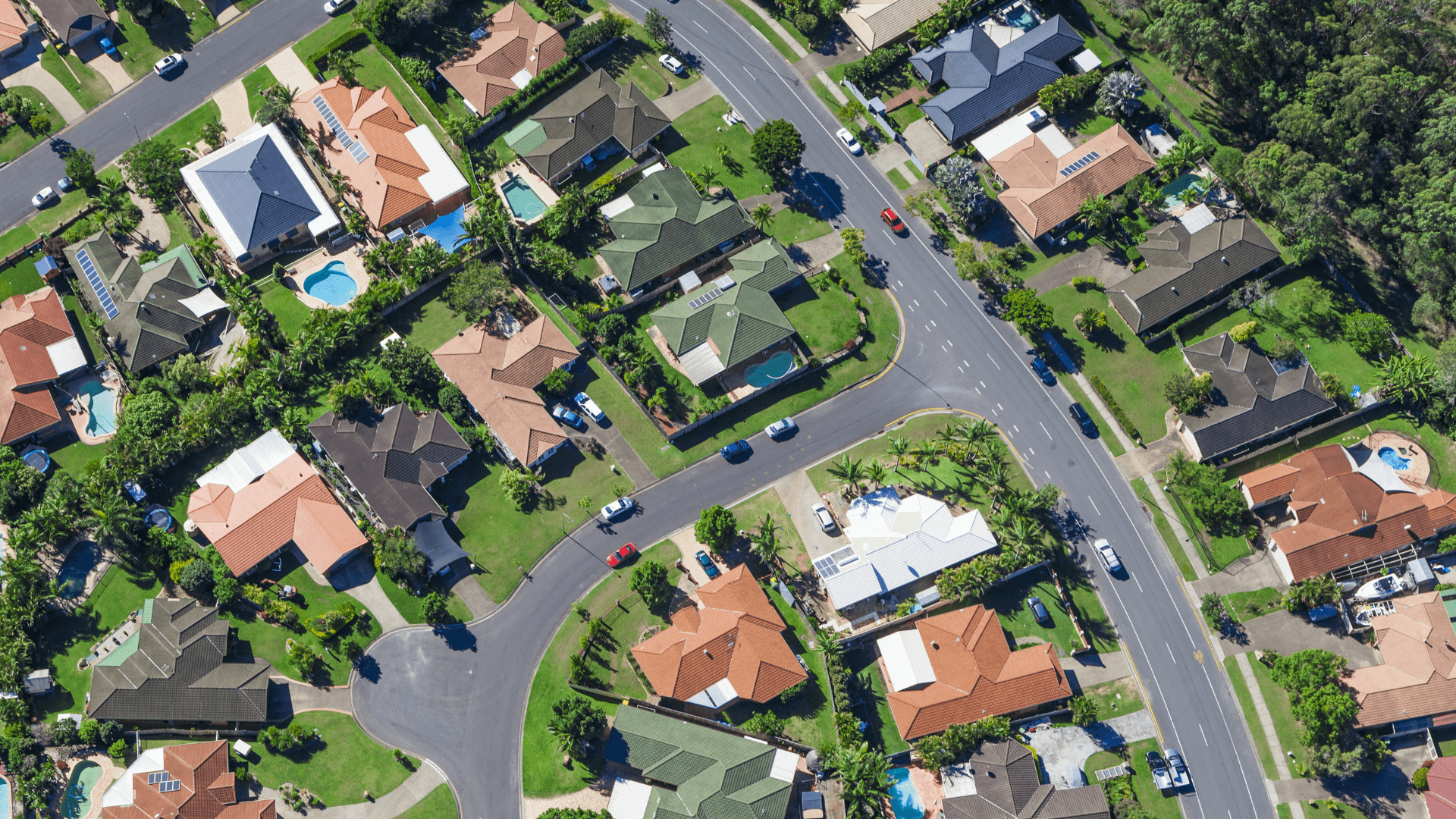Prevention saves lives
Sadly, more than fifty Australians die each year in residential fires. While smoke alarms play a large role in keeping you safe, prevention through the installation of safety switches is always the best option.
Electrical faults and damaged electrical appliances cause over 40% of residential fires in New South Wales each year. On the other side of the country, in Western Australia, electricity is the leading cause of residential fires.
So, what can I do?
It’s recommended that homeowners arrange regular safety checks at home. This is especially important where old wiring has deteriorated and become unsafe. Always engage a licenced electrician and ask for a certificate of compliance (or similar certification).
When completing a home safety check, ask your electrician to pay special attention to the following types of installations:
- Service neutral links and active and neutral links.
- Overhead point of attachment, including exposed mains that are often prone to ultraviolet degradation.
- Old, hinged wooden switchboards.
- Obsolete service fuses.
- Old, underground service termination boxes.
- Old, overhead mains connection boxes, if applicable; structural integrity of private pole (and other private poles) private aerial mains, particularly bare mains in bushfire-prone areas.
If you’re looking to purchase a home, take the opportunity to arrange an electrical check. Otherwise, it’s recommended that periodic checks are carried out on safety switches (every six months) and circuit breakers (every two years) per the manufacturer's recommendations and Australian Standards.
Everyday safety tips
Following these simple electricity safety tips could save your life:
- Engage a licenced electrician to carry out any rewiring or installation of new power points or lighting.
- Only use extension leads with three pinned plugs - that way, electricity will flow through the earthing pin, not through your body.
- Throw out frayed cables or damaged appliances.
- Keep your children's hands away from power points by keeping appliances out of reach, and considering using outlet covers.
- Overloading your power points can be dangerous - use a maximum of one double adapter per power point.
- Just like overloading a power point, you can also overload your property’s electrical panel if you install too many appliances. This is very dangerous and can lead to several issues, including possible electrocution. Contact a licenced electrician immediately if you have regularly blown fuses or notice buzzing or sparking on your switchboard.
Find something wrong with the electricity network?
If you identify a safety hazard with service mains or any electrical assets maintained by your local electricity distributor, report it to them immediately so they can carry out any necessary repairs. Even if you’re unsure whether or not something is a hazard, always err on the side of caution and report it.
